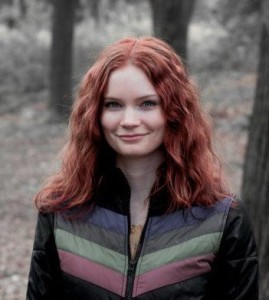Carrie Carolyn Coco, by Sarah Gerard: This is a book with an identity crisis, or one that’s trying to be too many things. In theory, it’s the story of Carolyn’s tragic, seemingly random murder, and I want to weigh in and say I see no issue with the author being more of an acquaintance/distant friend of Carrie – she clearly had Carrie’s family’s support in writing it. But there’s so much backstory – about Carrie, about her sister, about St. Petersburg, Florida – that feels repetitive almost straight away, and isn’t ultimately that interesting. I was much more intrigued by Gerard’s examination of Bard College and its history of sexual assaults and murders, which initially I read about grudgingly (terrible, but not unique to Bard; surely/unfortunately these are issues everywhere) but which I ultimately concluded rose to a much more sinister level than most schools face.
The Last Murder at the End of the World, by Stuart Turton: I found this a bit, well, silly. It read more like YA or even middle grade fiction, with characters that veered into caricatures. The initial premise – an island is surrounded by a killer fog that has destroyed the rest of the world, leaving only ~120 people, one of whom is suddenly murdered – had me eager to begin reading, but this was ultimately not for me. The final few chapters, in particular, had me groaning with their attempts to provide shocking twist after shocking twist – oh! The murder was this person! No, wait – that was a red herring; it was actually this other person! Hang on…everything has just changed – and its saccharine conclusions (but, I think, it would be reasonable for YA or MG…)
The Hypocrite, by Jo Hamya: Ooh. Clever, eviscerating. No character is safe from skewering in this novel about a play about a novel, told in three timelines (perfectly executed, never confusing) and from the perspectives – mainly – of a father (novelist) and daughter (playwright). I felt so much pathos for both characters, unlikeable as they may have been.
The House of My Mother, by Shari Franke: I’m incredibly impressed by Shari Franke and her self-reliance, reflectiveness, and ability to free herself from indoctrination. I’ll be curious to see if her perception of events (not of her mother’s abuse, but possibly about her father’s role/lack of protection and about the LDS church) evolves as she gets older and has more distance from the events (I do understand the rush to publication – but I’d be interested in a Consent-style revisitation).
The Dark Lake, by Sarah Bailey: I’ll pretty much read any mystery set in Australia to chase the high of reading Jane Harper for the first time (The Dry). I did enjoy the small-town setting, but elements of the plot and the main character were awfully overwrought and occasionally offputting.



